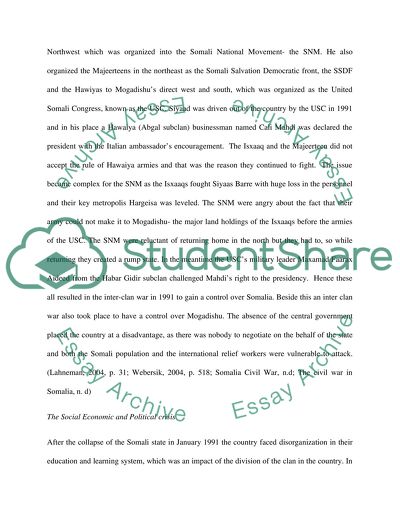Cite this document
(“Conflict in a case study about conflict intervention in somalia Essay”, n.d.)
Retrieved from https://studentshare.org/environmental-studies/1419948-conflict-in-a-case-study-about-conflict
Retrieved from https://studentshare.org/environmental-studies/1419948-conflict-in-a-case-study-about-conflict
(Conflict in a Case Study about Conflict Intervention in Somalia Essay)
https://studentshare.org/environmental-studies/1419948-conflict-in-a-case-study-about-conflict.
https://studentshare.org/environmental-studies/1419948-conflict-in-a-case-study-about-conflict.
“Conflict in a Case Study about Conflict Intervention in Somalia Essay”, n.d. https://studentshare.org/environmental-studies/1419948-conflict-in-a-case-study-about-conflict.


